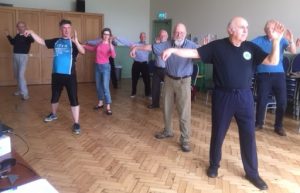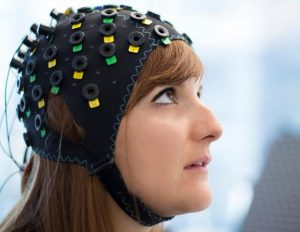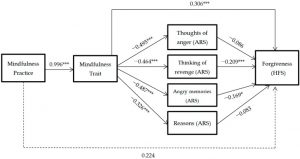Spirituality Improves Posttraumatic Growth with Mothers of Children with Cancer
By John M. de Castro, Ph.D.
“spirituality can play a critical role in the way traumas are understood, how they are managed, and how they are ultimately resolved.” – Kenneth Pargamen
Modern living is stressful under the best of conditions. But dealing with the trauma of having a child with cancer the levels of stress and anxiety are markedly increased. It is important for people to engage in practices that can help them control their responses to the stress and their levels of anxiety. Spirituality, a sense of inner peace and harmony, and religiosity are known to help with a wide range of physical and psychological problems. It is not known if spirituality affects the symptoms or posttraumatic growth produced by the trauma of having a child with cancer.
In today’s Research News article “Posttraumatic Growth and Spirituality in Mothers of Children with Pediatric Cancer.” (See summary below or view the full text of the study at: https://www.ncbi.nlm.nih.gov/pmc/articles/PMC7999482/ ) Czyżowska and colleagues recruited mothers of children (average age of 6.4 years) who were in the hospital being treated for cancer. They completed measures of post-traumatic growth, including changes in self-perception, changes in relationships with others, appreciation of life, and spiritual changes; and spirituality including religious attitudes, ethical sensitivity, and harmony.
They found that the higher the levels of spirituality, including ethical sensitivity, and harmony, the higher the levels of post-traumatic growth including relationships with others, and spiritual changes. The highest levels of post-traumatic growth that the mothers had were in in appreciation of life. In addition, the mothers with the greatest changes in post-traumatic growth had significantly higher levels of spirituality.
These results suggest that mothers of children with pediatric cancer demonstrate post-traumatic growth, especially in appreciation of life. In addition, they found that this post-traumatic growth was associated with spirituality. It is interesting that religious attitudes were not associated with growth. Hence, having inner peace and harmony (spirituality) and not religiosity is associated with growth. This raises the possibility that treating mothers’ spirituality may assist them in coping with pediatric cancer. Being better able to cope with the stresses should allow the mothers to better work with their children, promoting their health and well-being.
So, spirituality improves posttraumatic growth with mothers of children with cancer.
“positive religious coping, religious openness, readiness to face existential questions, religious participation, and intrinsic religiousness are typically associated with posttraumatic growth.” – Annick Shaw
CMCS – Center for Mindfulness and Contemplative Studies
This and other Contemplative Studies posts are also available on Google+ https://plus.google.com/106784388191201299496/posts and on Twitter @MindfulResearch
Study Summary
Czyżowska, N., Raszka, M., Kalus, A., & Czyżowska, D. (2021). Posttraumatic Growth and Spirituality in Mothers of Children with Pediatric Cancer. International Journal of Environmental Research and Public Health, 18(6), 2890. https://doi.org/10.3390/ijerph18062890
Abstract
A child’s cancer, as a life-threatening illness, is classified as a traumatic event both for the child him-/herself and for his/her relatives. Struggling with a traumatic experience can bring positive consequences for an individual, which is referred to as posttraumatic growth. The aim of this study was to explore the relationship between posttraumatic growth and spirituality understood as a personal resource in mothers of children with pediatric cancer. In total, 55 mothers whose children were in the phase of treatment and who had been staying with them in the hospital filled in a Posttraumatic Growth Inventory, Self-description Questionnaire of Spirituality, and the author’s short questionnaire on demographic variables and information on the child and his/her disease. A high level of posttraumatic development, especially in the area of life appreciation, was observed in the examined mothers. Spirituality was positively related to the emergence of positive change, in two particular components, ethical sensitivity and harmony. It seems that taking into account the area of spirituality when planning interventions and providing support in this group could foster coping with the situation and emergence of posttraumatic growth.
https://www.ncbi.nlm.nih.gov/pmc/articles/PMC7999482/









